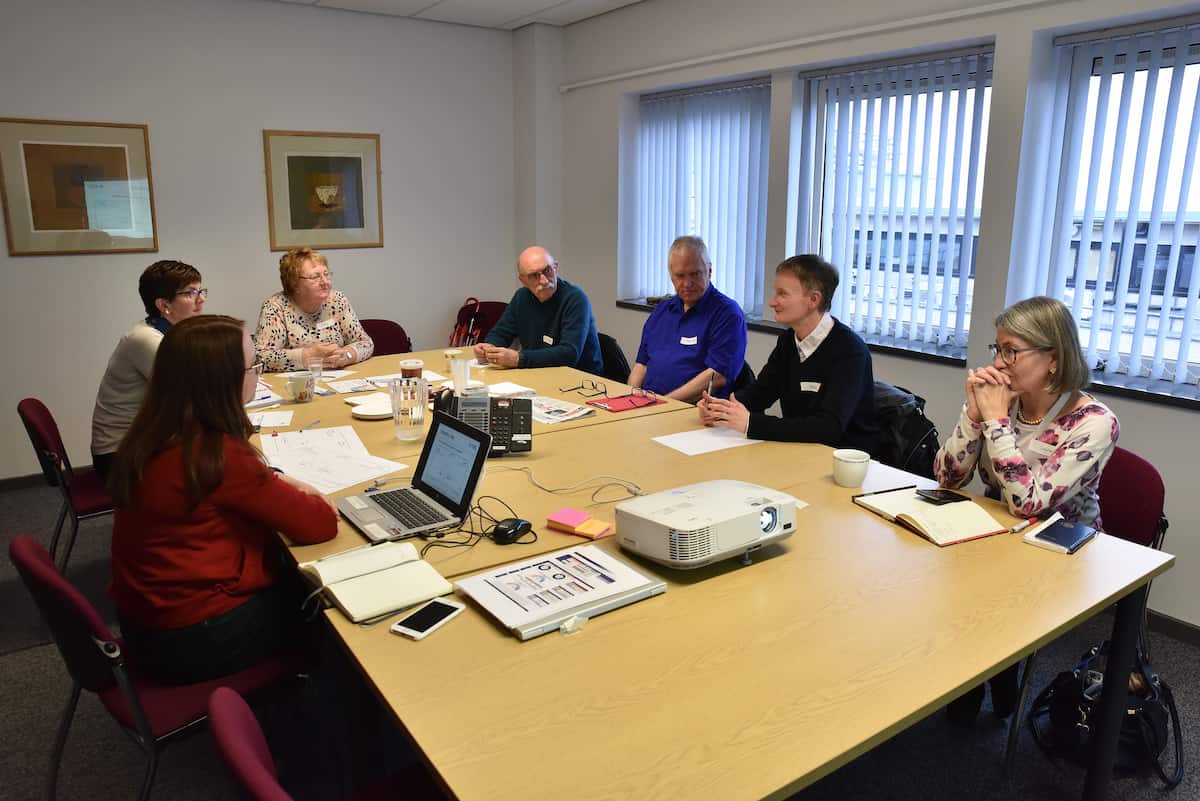What is Patient and Public Involvement (PPI)
Patient and public involvement in research, also known as Patient and Public Involvement (PPI), is an active partnership between researchers and the public. The term 'public' encompasses patients, potential patients, carers, service users, community representatives, and advocacy organisations. It also includes individuals with personal experience of health conditions, whether they are currently patients or not.
When thinking about PPI in research INVOLVE defines public involvement in research as research being carried out 'with' or 'by' members of the public rather than 'to', 'about' or 'for' them. This includes, for example, working with research funders to prioritise research, offering advice as members of a project steering group, commenting on and developing research materials, and undertaking interviews with research participants. At HSRU, we aim to involve the public and patients in every step of the research process.
Patient and public involvement in research is not only an ethical commitment for Aberdeen Centre for Evaluation (ACE) but it is also a key part of how we shape our research, communicate our research findings, and improve the health and social care in our communities.
Essential to our PPI activities is our ACE Public Involvement Partnership (ACE PIP) group, which has been in existence since October 2017. You can find out who they are and what they do with us here .
Additionally, we strive to include PPI partners in individual studies who have lived experience of the problem being studied, the specific health condition under investigation or care for/support someone with that condition/problem.

The role of PPI partners within HSRU
People can get involved in a variety of ways, including:
- Determining relevant research questions
- Advising on study design
- Being part of a team applying for research funding
- Ensuring patient information materials are clear and accessible
- Being a member of a committee or group guiding a piece of research
- Directing the communication of results
- Designing public engagement activities
- Influencing how research findings are put into practise
- Assessing the impact of research
